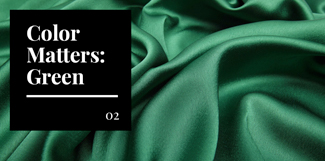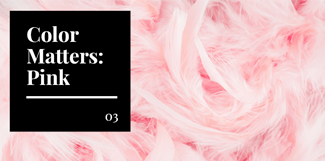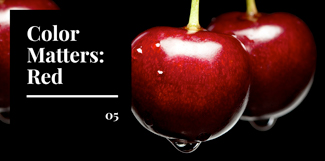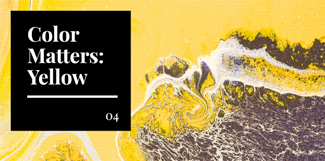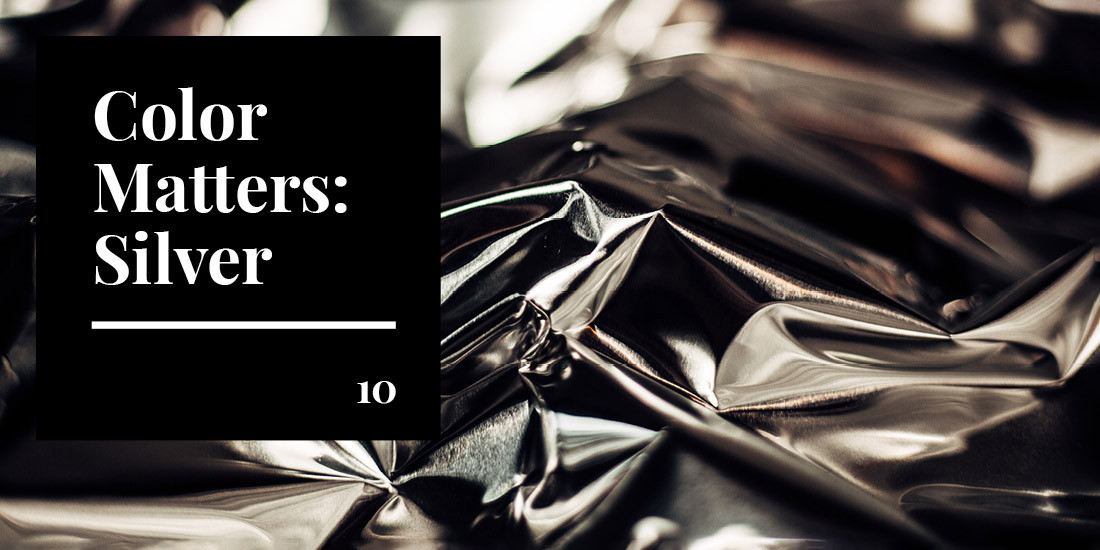
A popular saying proclaims that “every cloud has a silver lining,” but silver often plays second fiddle to its highly coveted partner, gold. So does the color silver convey an unexpected boon or merely second best?
Shades of silver range from white with a soft gray sheen to deep black tempered by a metallic gray shine. The metallic representation of polished silver metal is crucial to this color’s identity.
Silver in Language
Poet John Milton first introduced the concept of clouds lined in silver to our collective imagination. In 1634 he wrote, “Was I deceived, or did a sable cloud / Turn forth her silver lining on the night?” in Comus. With those lines, optimism gained a motto and an emblem—silver.
But other popular sayings sometimes suggest the opposite:
“If speaking is silver, then listening is gold.” ― Turkish Proverb
“Make new friends, but keep the old; Those are silver, these are gold.” —Welsh Composer Joseph Parry
Though silver is a symbol of hope, it also represents a hope narrowly unattained—second place. Why do we often see it as inferior to gold? Perhaps the answer lies in its scientific properties.
Silver in Science
Silver metal tarnishes when exposed to air—unlike gold—which is why it’s less financially valuable. Silver is the best conductor of heat, and the best reflector of visible light, which is why it’s often used to make mirrors and shines brightly on disco balls. Its reflectivity also gives silver its compelling shimmer.
The element mercury appears as swift-moving liquid silver at room temperature. Mercury was named after the fleet-footed Greek messenger god, and was once known as quicksilver. In the nineteenth century, mercury was used to fashion the rabbit and beaver fur hats in vogue, reports the National Geographic. Deadly mercury slowly poisoned the men who worked with it daily, giving them physical tics and causing erratic behavior—and giving rise to the idiomatic phrase, “mad as a hatter.”
As far back as the Ancient Greek and Roman empires, people prized silver as a valuable medical treatment, and not just because of its almost mystical appearance. Scientifically speaking, silver has antimicrobial properties—it inhibits the growth of bacteria. Although the practical applications in modern-day medicine are debated, the ancients did well to value silver for its purity.
Silver in Folklore
Perhaps because of its very real antimicrobial properties, silver was once thought to magically repel evil. If folklore is to be believed, silver in the form of bullets, stakes, or magic mirrors has the power to reveal the truth and protect against werewolves, vampires, and even fairies. Silver’s connection with the moon may have helped along this belief; even fantastical things seem possible under the silvery light of a full moon.
Silver in Nature
Though silver ore, called native silver, is the only source of true silver found in nature, we catch tantalizing glimpses of silver in other unexpected places. Silver fish scales sparkle under rippling water, soft silver plants like Dusty Miller draw the eye and the hand, and the stately silverback gorilla inspires awe.
Frost often gilds leaves and grass with a silver sheen, and dewdrops glisten in the early morning hours. Light reflecting off snow and ice glitters with silvery appeal, and the moon rises in luminous, glowing silver.
Silver and Holidays
With its cool hardness and untouchable purity, silver is often associated with the season of winter. Silver skates and silver sleds cut light furrows through ice and snow, while silver bells peal out a joyful message. Hanukkah’s signature blue and white is often dressed up with a mantle of silver.
Perhaps silver tinsel, which dates back to the 1600s, captures the spirit of the season best of all. Made to mimic the drip of glittering icicles, tinsel made of true silver first decked German trees. In hopes of bringing tinsel to the masses, some began to experiment with more accessible and affordable metals—tin, copper, aluminum (which proved flammable), and lead (which proved deadly). Tinsel persisted in vogue even through wartime year, but the effects of lead birthed ingenuity, and plastic tinsel was born in the late 1960s. Tinsel and garland prove popular even today; In tinsel, the purity of icicles is married together with shimmering, reflective, luxurious silver.
Silver in Pop Culture
Silver features in a surprising number of popular expressions, but with varied meanings. It’s a symbol of affluence: someone “born with a silver spoon in his mouth” is born to wealth and privilege, while something presented “on a silver platter” is easy to attain.
It’s also a backhanded compliment: “silver-tongued” refers to someone particularly witty or eloquent, but in a slick way; a “silver fox” is an attractive man with gray hair, which flatters while also slyly highlighting his age.
Silver colors our perception of flatware and loomed large on the silver screen in Hollywood’s golden era. Before the Lone Ranger galloped onto that silver screen aided by his beloved mount, Silver, he was a radio star. His catch phrase of “Hi-ho Silver” is thanks to his sidekick, Tonto, who dubbed the great white stallion silver because his coat shone so brightly. It’s quite appropriate that the masked crusader who does good is aided by silver—a color symbolizing truth, purity, and justice.
Silver in Design
Though it’s a metallic, silver can function as a neutral. With an impact similar to gray, silver accentuates and draws the eye.
Mysterious, glittering silver conveys purity, an unearthly gleam perfect for religious, technological, or medical applications. We like sleek, masculine, minimalist silver for automotive and electronic brands, and softer, feminine, glamorous silver for cosmetic packaging and entertainment branding.
Paired with a black reminiscent of nighttime, silver is elegant and sophisticated, perfect for restaurants, nightlife, and holiday branding. Coupled up with white, silver brightens to become romantic and luxurious, perfect for bridal, beauty, or fashion branding. Silver with other metallics like gold or copper is elegant and classic, evoking luxury. Joining cool silver with bright neons transforms the mood to youthful and a bit rebellious.
Consider the color silver in your branding to convey sincerity, stability, or prosperity.
Is silver second best? If all that glitters isn’t gold—it just might be silver.
